If you're a fan of gritty, low-budget horror films from the 1970s, then 'Drive-In Massacre' (1976) likely holds a special place in your heart. This cult classic, known for its raw and unpolished charm, delivers a dose of vintage slasher thrills. But what if you've already seen it and are craving more movies or shows that capture the same eerie, grindhouse vibe? Look no further! In this article, we’ll explore 10 similar films and series that share the same gritty atmosphere, suspenseful kills, and nostalgic appeal. Whether you're a horror aficionado or just dipping your toes into the genre, these picks are sure to satisfy your craving for retro terror.
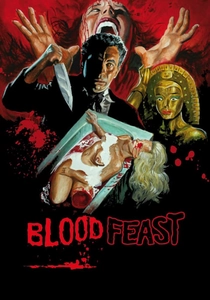
Blood Feast (1963)
Description: As with 'Drive-In Massacre,' this is a seminal exploitation film that prioritized shocking content over quality. Both films helped establish the template for extreme horror cinema with their graphic violence and minimal production values.
Fact: Considered the first 'splatter' film. Shot in color when most horror films were black-and-white. Director Herschell Gordon Lewis used real animal organs for gore effects.
 Watch Now
Watch Now 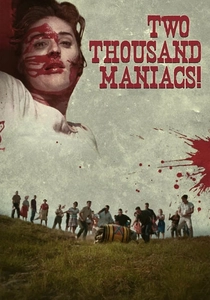
Two Thousand Maniacs! (1964)
Description: Shares 'Drive-In Massacre's' regional filmmaking roots and focus on brutal killings. Both films feature revenge-driven plots with exaggerated violence that was shocking for their time, establishing grindhouse horror tropes.
Fact: Inspired the 'redneck horror' subgenre. Features a memorable 'barrel roll' death scene. The theme song became a cult favorite.
 Watch Now
Watch Now 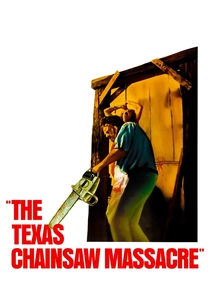
The Texas Chain Saw Massacre (1974)
Description: Similar to 'Drive-In Massacre' in its low-budget, grindhouse aesthetic and exploitation horror roots. Both films feature brutal, senseless violence and a focus on shock value over narrative depth. They also share a gritty, documentary-like visual style that enhances the raw, unsettling atmosphere.
Fact: Shot in sweltering Texas heat, the film's grueling production mirrored its on-screen horrors. The iconic Leatherface character was inspired by real-life serial killer Ed Gein. Banned in several countries upon release due to extreme violence.
 Watch Now
Watch Now 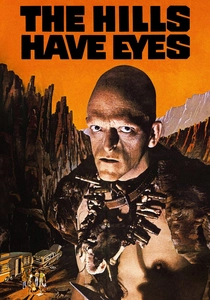
The Hills Have Eyes (1977)
Description: Shares 'Drive-In Massacre's' desert setting and theme of ordinary people encountering savage killers. Both films exemplify 1970s exploitation horror with graphic violence and minimal character development, focusing instead on relentless terror and survival scenarios.
Fact: Wes Craven's inspiration came from the legend of Scottish cannibal Sawney Bean. The mutant family was played by real-life siblings. Filmed in the same California desert as many spaghetti westerns.
 Watch Now
Watch Now 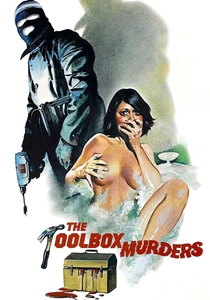
The Toolbox Murders (1978)
Description: Shares 'Drive-In Massacre's' formula of masked killer picking off victims one by one with creative implements. Both are low-budget slashers that prioritize shocking death scenes over plot, featuring voyeuristic camera work and sudden, brutal violence.
Fact: Originally marketed as based on true events (it wasn't). Features one of cinema's first power drill killings. The killer's mask was inspired by the Zodiac killer.
 Watch Now
Watch Now 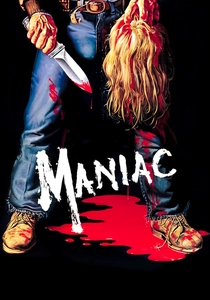
Maniac (1980)
Description: Like 'Drive-In Massacre,' this film delivers extreme violence with a disturbing first-person perspective. Both are urban horror films that feature random, brutal killings and a gritty, unsettling atmosphere characteristic of grindhouse cinema.
Fact: Tom Savini's head explosion effect was so realistic it made audiences faint. Shot guerrilla-style on New York streets without permits. The controversial poster showed a murderer holding a severed head.
 Watch Now
Watch Now 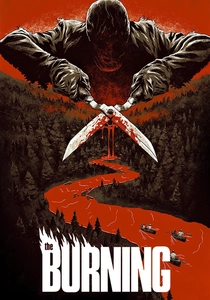
The Burning (1981)
Description: Similar summer camp slasher premise with focus on elaborate kill scenes. Both films exemplify early 80s slasher tropes: masked killer, teenage victims, and graphic violence that pushed MPAA boundaries.
Fact: Features early work by Hollywood heavyweights like Harvey Weinstein and Brad Grey. Tom Savini turned down 'Friday the 13th Part 2' to do this film. The raft massacre scene was cut by censors in multiple countries.
 Watch Now
Watch Now 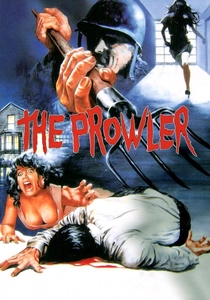
The Prowler (1981)
Description: Like 'Drive-In Massacre,' features a mysterious killer in military garb picking off victims. Both films showcase Tom Savini's groundbreaking practical effects and exemplify the early 80s slasher boom's emphasis on creative kills.
Fact: Features some of Savini's most realistic gore effects. The bayonet-through-the-head effect used a real skull. Was nearly banned in the UK as a 'video nasty.'
 Watch Now
Watch Now 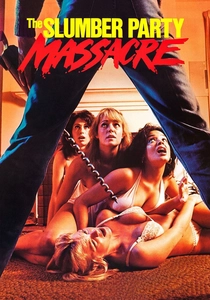
The Slumber Party Massacre (1982)
Description: Shares 'Drive-In Massacre's' focus on teenage victims and relentless killer. Both are straightforward slashers that deliver exactly what their titles promise, with minimal pretense and maximum exploitation elements.
Fact: Written as a feminist parody by Rita Mae Brown. Features one of horror's most phallic weapons - the power drill. One of the first slashers directed by a woman (Amy Holden Jones).
 Watch Now
Watch Now 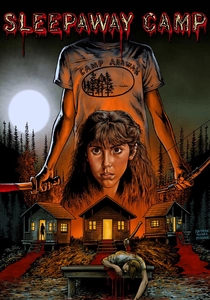
Sleepaway Camp (1983)
Description: Shares 'Drive-In Massacre's' low-budget charm and shocking finale. Both are quintessential examples of regional horror filmmaking that gained cult status through outrageous content and unexpected twists.
Fact: The shocking ending features one of cinema's most controversial reveals. Shot at a real summer camp in upstate New York. Lead actress Felissa Rose was only 13 during filming.
 Watch Now
Watch Now 








